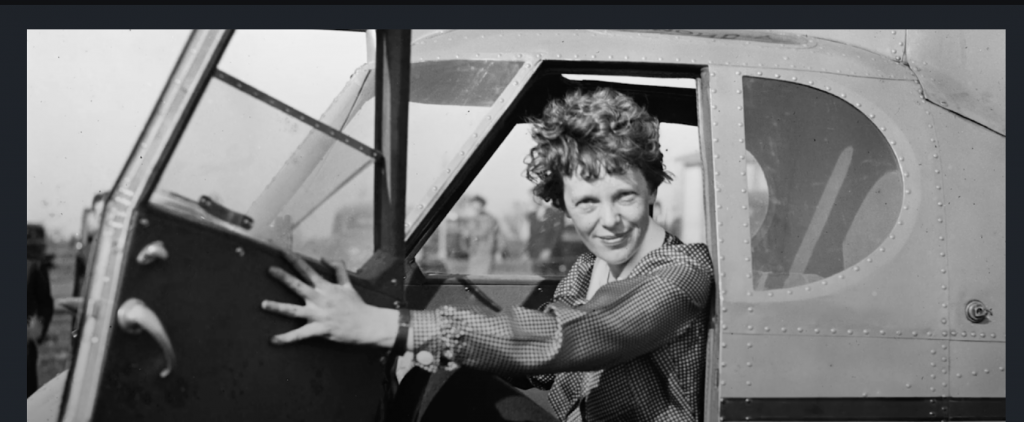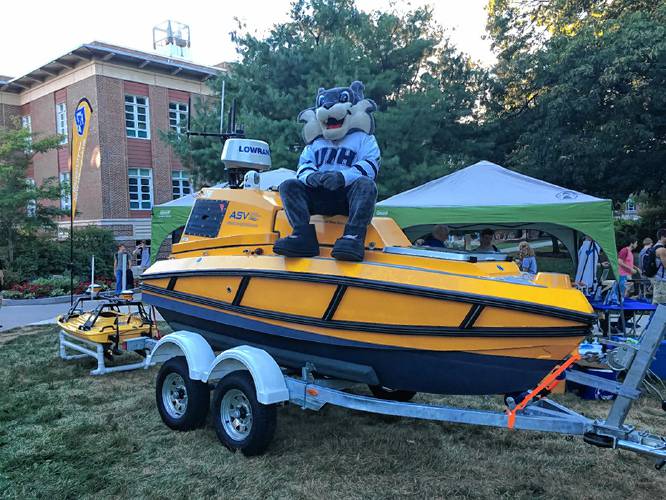
Robert Ballard to lead expedition to find remnants of Amelia Earhart’s plane.
Oceanographer to Use Robotic Sub to Map Sea Floor
These next few paragraphs are going to seem like I’m asking you to suspend reality. I’m not. In this age of AI driven medicine, music creation, biosimulation of humans and so much more, why would it seem impossible to find Amelia Earhart?
First a little background info ono one of the major players in this odd search taking place about 80 years after the fact. Robert Ballard, the oceanographer who found the Titanic in 1985 will lead the expedition. He invents submersibles or deep diving tiny subs. He has had great success with his sub building skills as he also found the World War ll German battleship Bismarck. Not bad for a guy born in Kansas back in 1942. The Amelia project comes in part out of the University of New Hampshire.
Amelia Earhart, the woman pilot who set several flying records in the 1930s was going to fly around the world with her co-pilot in 1937. At the time of what would become her last flight, the world was building up to WW ll. Earhart was last heard from over Japanese territory in the Pacific Ocean. Rumors have been flying and there have plenty of books written about what might have happened to her, with questions about how her plane crashed, or whether it crashed and whether she survived. Did she crash? Did she survive?
The autonomous vessel, known as BEN, the Bathymetric Explorer and Navigator, will take a crack at the mystery by mapping the seafloor near the island where Earhart sent her last radio transmission. The area is too deep for divers and too shallow for safe navigation by deep-water sonar systems. Divers will use BEN-produced maps to target later dives by remotely operated vehicles, searching for remnants of Earhart’s plane. National Geographic plans to film the search.
UNH research engineers Val Schmidt, K.G. Fairbarn and Andy McLeod will staff the mission aboard the EV Nautilus, according to the Concord Monitor. Roland Arsenault will support the crew from shore. All are a part of the UNH Marine School’s Center for Coastal and Ocean Mapping development and use robotics for marine science and seafloor mapping. A two-hour special on October 20, “Expedition Amelia,” will feature the expedition.
Evidence suggests Earhart made a successful landing on a reef near the island of Nikumaroro in the western Pacific Ocean and was able to transmit radio signals afterward. However, no plane was seen by Navy pilots surveying the islands several days after her disappearance, meaning the plane may have been pushed off the reef into deeper water.
The UNH robot will let Ballard and the crew aboard the EV Nautilus map the seafloor in the shallow areas adjacent to the island where Earhart sent her last radio transmission.
Considering Ballard’s expertise in finding underwater wrecks in dangerous depths, it’s likely he could discover more evidence as to what happened to Amelia Earhart.

The University of New Hampshire mascot sits atop BEN, a seafloor mapping vessel, to show its small size. (credit: UNH)







Leave A Comment